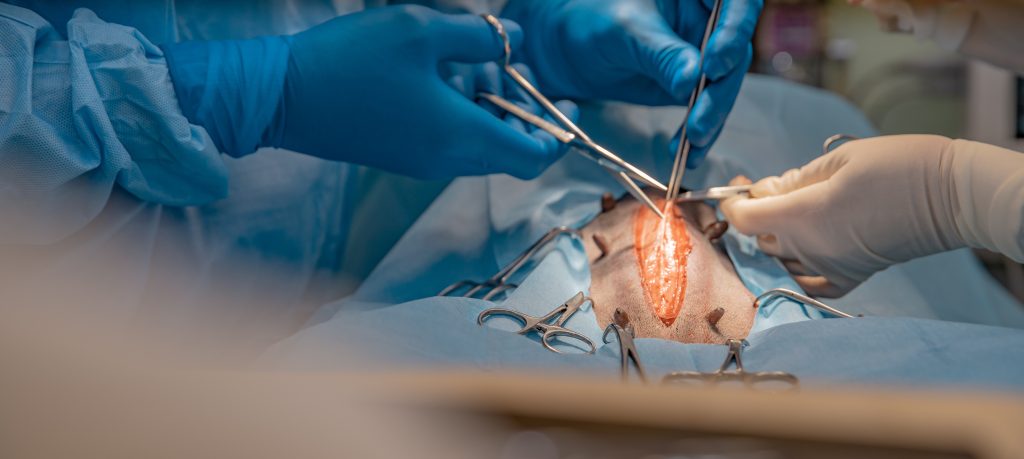Dog Surgery

Surgery for dogs may be required in a variety of situations, often categorized into elective, emergency, and orthopedic surgeries. Here’s a closer look at some common scenarios where surgery might be necessary for a dog:
- Elective Surgeries: These are planned procedures and include spaying (ovariohysterectomy) and neutering (castration) to prevent unwanted pregnancies and reduce the risk of certain diseases. Other elective surgeries might involve dental extractions, lump removals, or corrective surgeries for congenital defects.
- Emergency Surgeries: These are critical, life-saving procedures needed in situations such as internal bleeding, gastric dilatation-volvulus (GDV) or bloat, intestinal obstruction from foreign objects, and severe trauma such as car accidents or deep wounds.
- Orthopedic Surgeries: These are required to address issues with bones, joints, and ligaments. Common orthopedic surgeries include repairing fractures, correcting hip dysplasia, and treating torn ligaments, such as the anterior cruciate ligament (ACL) injuries.
- Oncological Surgeries: For dogs diagnosed with cancer, surgery can be performed to remove tumors or cancerous growths. The goal is to remove as much of the cancer as possible, sometimes in combination with other treatments like chemotherapy or radiation.
- Ophthalmic Surgeries: These surgeries address eye problems, such as cataract removal, correction of entropion or ectropion (inward or outward rolling of the eyelid), and glaucoma treatment.
- Soft Tissue Surgeries: This broad category includes surgeries of the internal organs, skin, and other soft tissues. Examples include removing bladder stones, repairing hernias, treating liver shunts, and excising masses or cysts.
- Neurological Surgeries: In cases where dogs suffer from conditions affecting the brain, spinal cord, or nerves, such as intervertebral disc disease (IVDD), surgical intervention may be necessary to relieve pressure and restore function.
Each situation requiring surgery is unique, and the decision to proceed with surgery involves considering the dog’s overall health, the risk of the procedure, and the potential for improving the quality of life. Veterinarians play a crucial role in diagnosing conditions, recommending appropriate surgical or non-surgical treatments, and providing aftercare instructions to ensure a successful recovery.